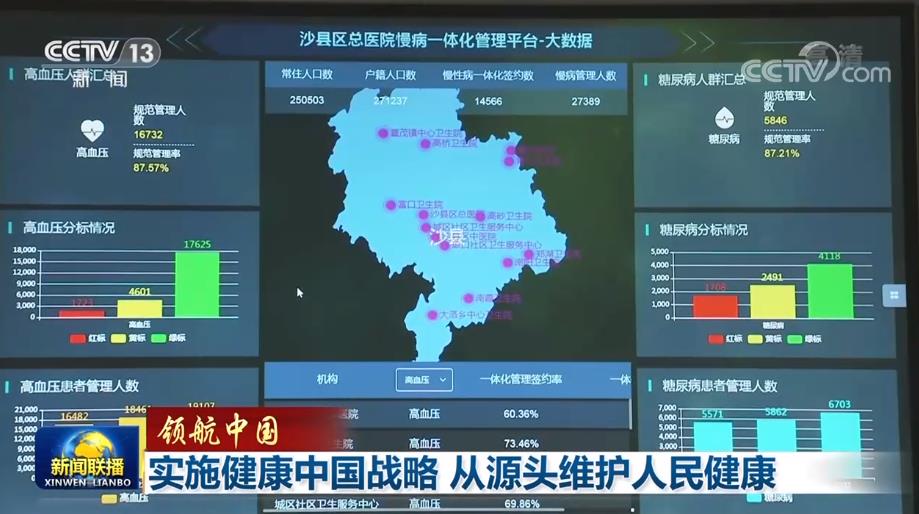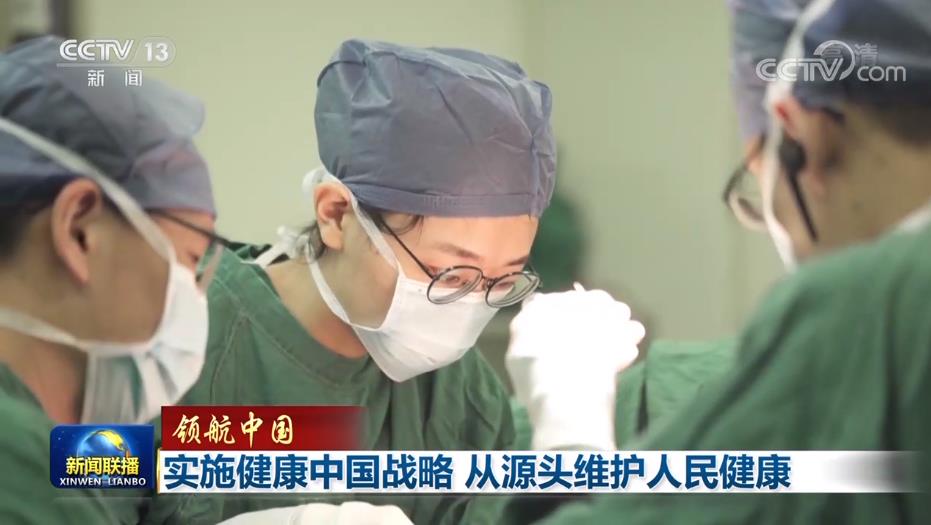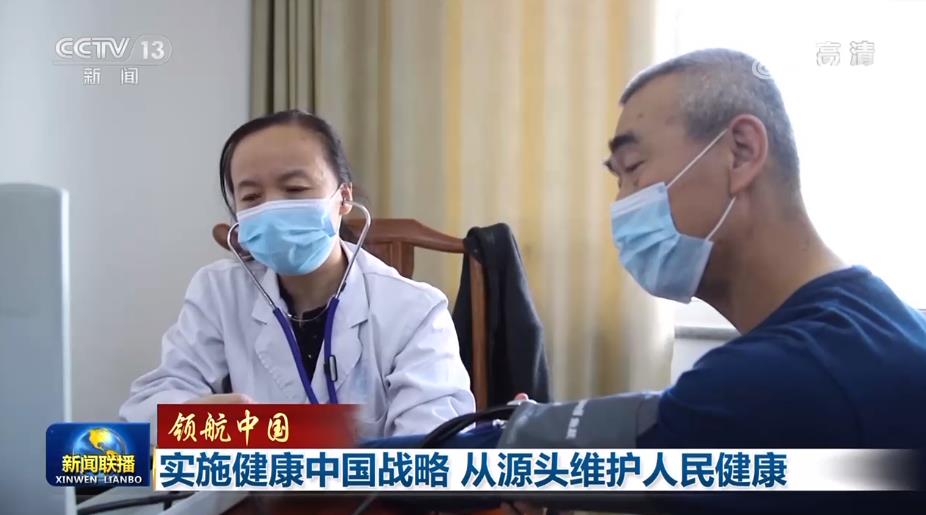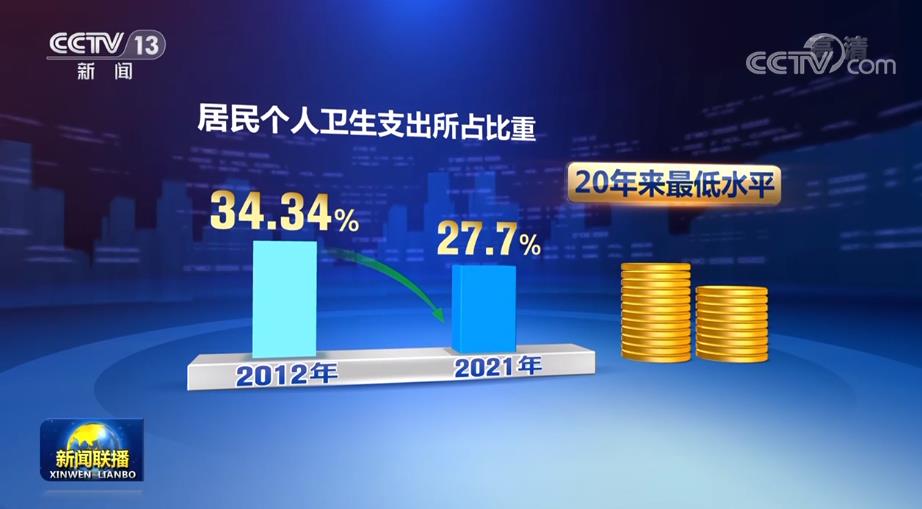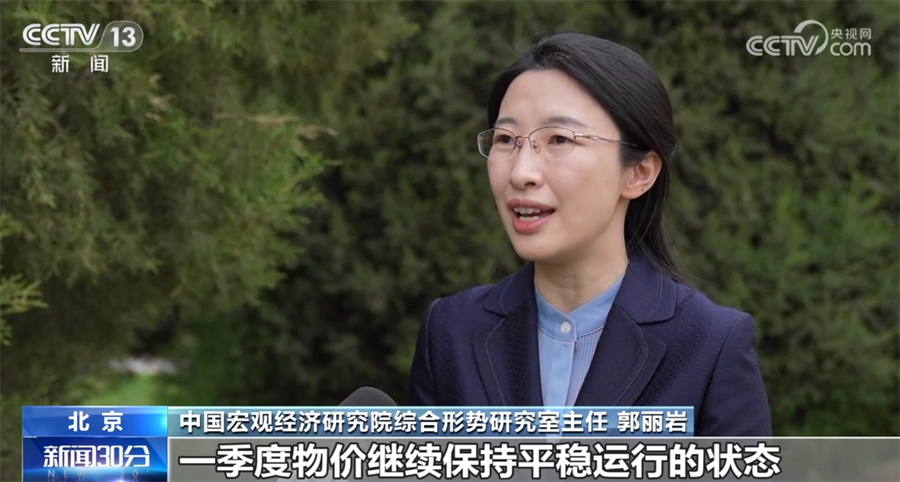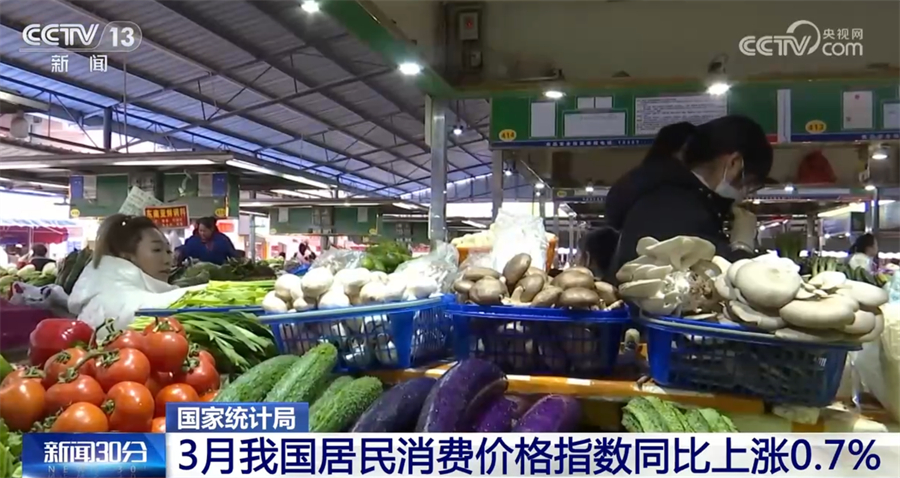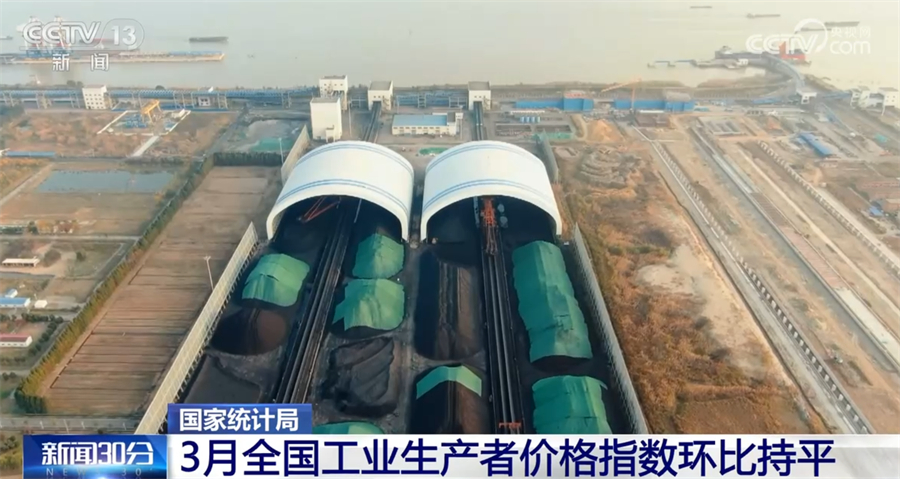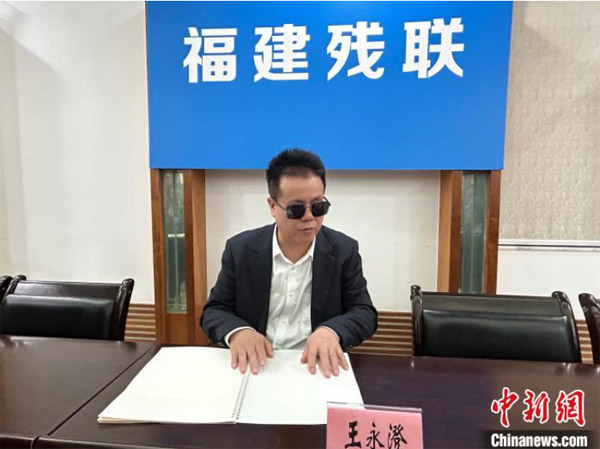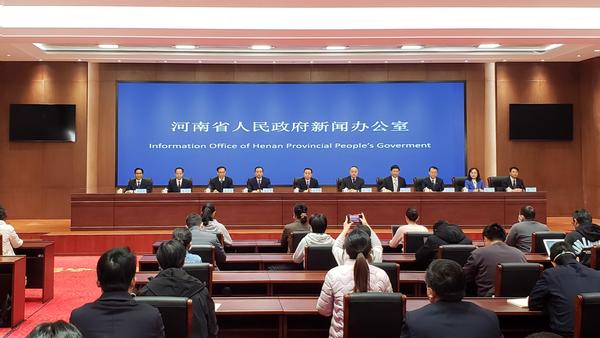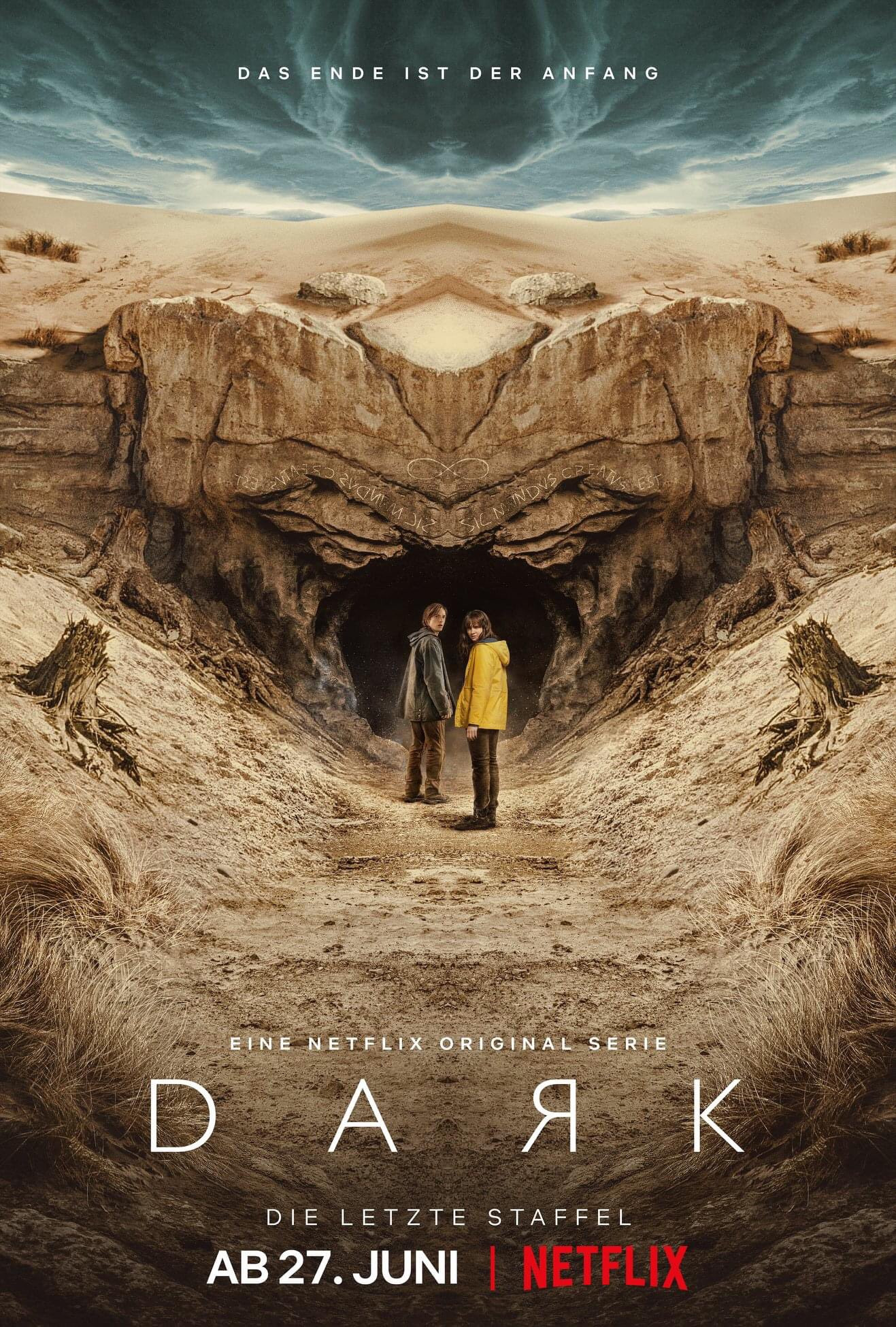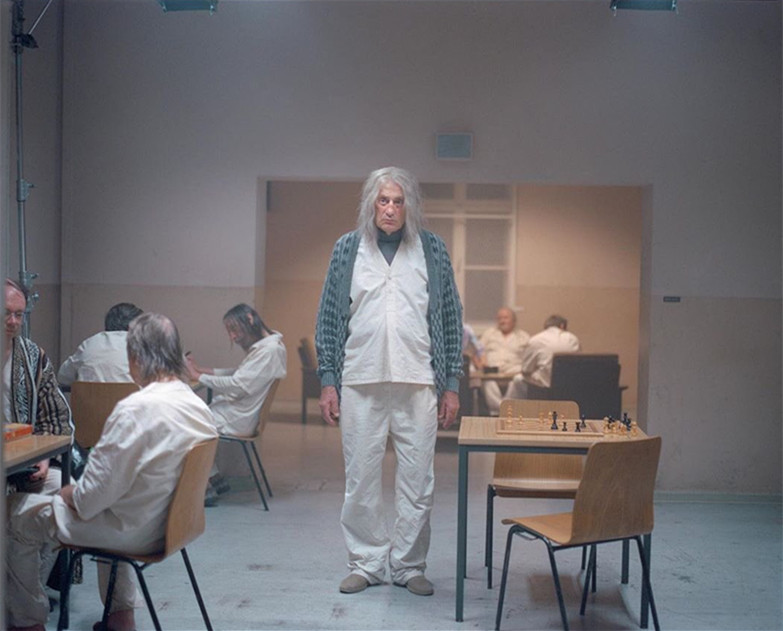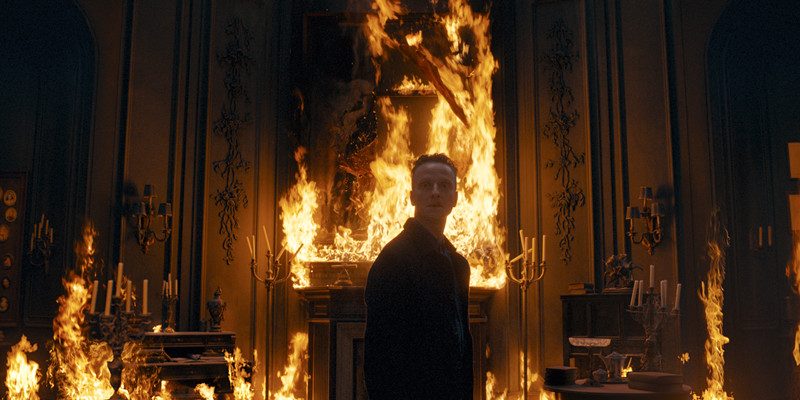Ministry of Transport on Shenzhen’s Construction of High-quality and Innovative International Aviation Hub and Other Transportation Powers
Opinions on pilot work
Jiao Planning Letter [2020] No.585
Shenzhen Municipal Bureau of Transportation:
The Request for Instructions from Shenzhen Municipal Transportation Bureau on Approving the Application for the Pilot Implementation Plan and the Pilot Task of Building a Traffic Power in Shenzhen (Shenjiao [2019] No.262) has been received. In order to focus on the implementation of the objectives and tasks in the relevant fields of the Outline of Building a Powerful Transport Country, according to the Notice of the Ministry of Transport on Launching the Pilot Work of Building a Powerful Transport Country (Jiao Planning Letter [2019] No.859), the main opinions are as follows:
1. We agree in principle to carry out pilot projects in the construction of high-quality innovative international aviation hub, the integrated development of urban rail transit and station-city, the construction of close inland port system of port cities, the three-dimensional composite reconstruction and expansion of expressways in highly urbanized areas, the construction of free-flow toll collection system, and the innovative application of smart transportation technology (the specific points are attached). Please further refine the pilot tasks, implement specific measures, clarify the stage objectives and time schedule, and report to our department in time.
Two, strengthen the organization and leadership of the pilot work, establish and improve the pilot work promotion mechanism, clear division of responsibilities, strengthen policy support. Strengthen up-and-down linkage, strengthen coordination, and encourage all parties to actively participate.
Third, make overall plans to promote and highlight key points, and strive to make breakthroughs in the reform of airport system and mechanism and the construction of four-type airports, the integrated planning, construction and operation of stations and cities in metropolitan areas, the construction of inland port system, the three-dimensional composite reconstruction and expansion technology of expressways and the free-flow toll collection system, and the application of intelligent networked cars and Beidou high-precision positioning technology in the transportation industry, forming a number of advanced experiences and typical achievements, giving full play to the role of demonstration and leading, and providing experience for the construction of a strong transportation country.
Four, strengthen the tracking, supervision and summary, the major problems in the pilot work, as well as the phased achievements and successful experience models, timely report to the Ministry and the Shenzhen Municipal People’s government. Submit the summary of the annual pilot work to our department before the end of December every year.
I will work with relevant departments, units and experts to actively guide the pilot work and strengthen support in the preparation of the relevant "Fourteenth Five-Year Plan". Conduct follow-up research, monitoring and evaluation and exchange of experience in a timely manner. After the completion of the pilot task, organize the assessment, achievement identification, publicity and promotion.
Ministry of Transport
August 24, 2020
attachment
Key points of the pilot task of building a strong traffic country in Shenzhen
First, build a high-quality innovative international aviation hub
(1) Pilot units.
Shenzhen Municipal Transportation Bureau, Development and Reform Commission, Planning and Natural Resources Bureau, Shenzhen Airport (Group) Co., Ltd..
(two) the pilot content and implementation path.
1. Carry out the requirements of building a new development pattern based on "double circulation", strengthen the connection with the development planning of Guangdong-Hong Kong-Macao Greater Bay Area Airport Group in the 14th Five-Year Plan, and revise and improve the Layout Plan of Shenzhen Airport International Route Network. Strengthen the allocation of international routes, flight schedules and international air rights. In the process of actively, gradually and orderly promoting the opening of international air traffic rights, we will support the air traffic rights required for flights on international routes that are suitable for the construction and positioning of high-quality and innovative international aviation hubs. Create a route network facing the Asia-Pacific, connecting Europe, America and Australia, and connecting the "Belt and Road". Build a base airline with strong international competitiveness and cultivate local global network airlines.
2. Promote digital transformation and the construction of four-type airports, comprehensively try out new policies and technologies in the industry, innovate digital applications such as self-service of passengers and tracking of luggage, actively explore technical applications such as ground-based augmentation system (GBAS), wake reclassification standard (RECAT) and point fusion, vigorously improve operational efficiency and management level, and build an international aviation hub with the best experience.
3. Strengthen the reform and innovation of system and mechanism, improve the operation mechanism of airport platform, establish and improve the airport operation management mode, explore the materialization and statutory operation of airport transportation management committee, and comprehensively improve the modernization level of large-scale airport governance capacity. Promote the reform of Greater Bay Area’s airspace management system and mechanism, explore the establishment of Greater Bay Area Joint Control Center in Shenzhen, and promote information sharing and collaborative control at the airport group level in Greater Bay Area.
4. Promote the development of aviation logistics, improve the "truck flight" business, develop higher value-added logistics formats such as cold chain and valuables, enrich the types of cross-border e-commerce business, establish an aviation logistics information service platform, and build an express distribution center with strong international competitiveness.
5. Actively develop air, air, sea, rail and other intermodal services, optimize the customs clearance environment at ports, implement the policy of exempting 24-hour direct transit passengers and direct round-trip crew from border inspection procedures, explore "one inspection to the end" and provide convenient and smooth transportation services for Guangdong-Hong Kong-Macao Greater Bay Area passengers.
(3) Expected results.
After 1-2 years, the international competitiveness of Shenzhen Airport has been significantly enhanced, and the service quality has been continuously improved.
After 3-5 years, the multi-terminal system of Shenzhen Airport was formed, and the comprehensive support capability was greatly improved. There are more than 100 international routes connecting Shenzhen Airport with global innovative cities, hot cities in Europe, America and Australia, and node cities in emerging market countries of "Belt and Road", and the international passenger and international cargo and mail throughput of the airport account for 20% and 50% respectively. The reform of system and mechanism and the construction of four-type airports are in the forefront of the industry, the operational efficiency and management level have been greatly improved, the modernization of governance capacity of large airports has reached the international first-class level, and the service level and passenger experience rank among the forefront of similar airports in the world.
Second, the integrated development of rail transit and station city in metropolitan area
(1) Pilot units.
Shenzhen Municipal Transportation Bureau, Development and Reform Commission, Planning and Natural Resources Bureau, Office of Rail Transit Construction Headquarters, Shenzhen Metro Group Co., Ltd..
(two) the pilot content and implementation path.
1. Cooperate with neighboring cities to carry out the rail integration planning of Shenzhen-Guanhui metropolitan area, promote the construction of a number of intercity railway projects in Shenzhen-Guanhui intercity, Shenzhen-Dalian intercity and Guangzhou-Guanshen intercity extension, and accelerate the extension of Shenzhen urban rail transit network to neighboring cities.
2. Relying on the construction of Xili and Airport East Hub, explore the unified planning, design, construction and management mode of hub led by local authorities. We will carry out three-dimensional layered rights establishment and layered transfer of railway hub land, promote the integrated development of hub stations and cities, and solve existing problems such as fragmentation and poor connection.
(3) Expected results.
Through 1-2 years, start the construction of intercity railway projects such as Shenzhen-Dalian Intercity, Guangzhou-Dongguan-Shenzhen Intercity Extension and Shenhui Intercity. Cross-city urban rail projects such as Shenzhen Line 10 extending eastward to Fenggang, Dongguan, Shenzhen Line 14 extending eastward to Huiyang, Huizhou, Shenzhen Line 11 extending northward to Chang ‘an, Dongguan, and Shenzhen Line 22 extending northward to Tangxia, Dongguan, were included in the fifth phase construction plan of Shenzhen Urban Rail Transit and started construction.
In 3-5 years, the branch line of Shenzhen Line 6 and the border section from Huangjiang to Shenzhen-Dongguan of Dongguan Line 1 have been connected and put into operation. The construction of Xili Hub and Airport East Hub has been completed, forming an integrated workflow of unified planning, design, construction and management of hubs that can be operated and replicated. The integrated planning, construction and operation mechanism of rail transit and station-city in Shenzhen-Guanhui metropolitan area has been further optimized, and the level of convergence has been comprehensively improved to support the efficient and coordinated development of the region.
Three, the port city close inland port system construction
(1) Pilot units.
Shenzhen Transportation Bureau, Office of Rail Transit Construction Headquarters, Shenzhen Metro Group Co., Ltd., China Merchants Group Co., Ltd., Shenzhen Yantian Port Group Co., Ltd. and Yantian International Container Terminal Co., Ltd.
(two) the pilot content and implementation path.
1. Improve the infrastructure network of Shenzhen Port, and get through the "last mile" of railway entry. Promote the transformation of Pingyan and Pingnan Shugang railways, speed up the construction of Pinghu South railway freight yard, and start the preliminary work of Liguang inland port.
2. Innovate and form a multi-agent cooperative maintenance and service mode for the port-dredging railway. Give full play to the initiative of local governments, port logistics enterprises, railway operating enterprises and other multi-subjects in the construction, operation and management of the port-dredging railway, and optimize the transportation organization process. Use new generation information technologies such as 5G, artificial intelligence and blockchain to integrate the information of relevant parties in multimodal transport and promote the interconnection and sharing of public information in multimodal transport.
(3) Expected results.
Through 1-2 years, we will complete the research on the operation mode, site selection and port-dredging railway planning scheme of the container close-range inland port system in Shenguanhui area, complete the detailed planning of the reconstruction of Pingyan Railway, complete the preliminary study on the feasibility of Pingnan Railway and start construction, and complete the construction and operation of Pingnan Railway freight yard.
After 3-5 years, the Pingnan Railway reconstruction was completed, and the Pingyan Railway reconstruction project started. An agreement was reached with Dongguan on the construction of the inland port of Liguang, and the land was confirmed, completing the preliminary work of the inland port of Liguang and the branch line of Hunan-Liguang railway. Form a set of systematic technical achievements including the planning method, construction mode, operation mode and supervision mechanism of close-range inland ports. Complete the construction of comprehensive information service platform, realize data exchange and sharing among customs, railways, inland ports and comprehensive bonded areas, and significantly improve the service level and overall efficiency of multimodal transport.
Fourth, the three-dimensional composite reconstruction and expansion of expressways in highly urbanized areas and the construction of free-flow toll collection system
(1) Pilot units.
Shenzhen Municipal Transportation Bureau, Public Security Bureau, Shenzhen Expressway Company Limited.
(two) the pilot content and implementation path.
1. In-depth study on the key technologies of expressway three-dimensional composite reconstruction and expansion represented by Ji-He Expressway, and create a composite pattern of expressway network integrating bridges, tunnels and roads.
(1) Explore the formation of technical standards for the comprehensive utilization of urban transportation infrastructure. By using the intelligent construction technology of bridge industrialization, this paper puts forward a reasonable connection method and structure suitable for the modular construction of upper and lower structures of urban bridges, and forms an integrated bridge erecting machine equipment design scheme including multiple systems such as component assembly, real-time monitoring and intelligent control.
(2) Based on full-factor, full-cycle digitalization, BIM model is the core carrier, creating a digital twin of the machine-to-truck expressway, establishing an intelligent construction and operation management platform, diagnosing the state of physical entities in real time, realizing the "knowable, measurable and controllable" of the whole process of construction, management and transportation, and improving the level of digital intelligence of high-speed expressway construction management.
(3) Support the dynamic management of complex traffic flow through scientific and technological means. Strengthen the research on key technologies such as active identification, short-term prediction, knowledge map and collaborative control, establish an intelligent operation management and control platform with four core capabilities of foresight, collaboration, self-knowledge and openness, break through the difficulties of traffic management and control, realize the active management and control of the whole line and the upper and lower levels of traffic, and improve the operational efficiency, traffic safety and service experience level of the three-dimensional composite expressway.
2. Explore free-flow charging technology to improve highway traffic efficiency and service level.
(1) Through ETC gantry system and supporting inspection equipment, the automatic deduction of fees for vehicles that meet the requirements and the automatic inspection of vehicles that do not meet the requirements are realized, and an open toll collection system without station and free flow is established.
(2) Explore the free-flow toll collection mode implemented by expressway operation and management units, incorporate the pilot road toll into the existing departmental and provincial clearing and settlement modes, and improve the online toll clearing and settlement system under the new mode.
(3) Build an institutional system covering information sharing, joint inspection, credit management and supporting policies.
(3) Expected results.
After 1-2 years, the three-dimensional composite reconstruction and expansion project of the Ji-He Expressway was started, and the Technical Guide for Geometric Design of the Three-dimensional Composite Expressway and the Research Report on BIM-based Digital Intelligent Construction for the Three-dimensional Composite Expressway were formed based on the project. Initially built an intelligent construction management platform based on BIM. Complete the key technology research and system design of expressway free flow charging, and form the "Freeway Free Flow Charging Mode Scheme".
After 3-5 years, the three-dimensional composite reconstruction and expansion project of the machine-Dutch expressway will be completed. Breakthroughs have been made in the design concept and technical standards of three-dimensional composite expressways, key technologies of large-scale industrialized intelligent construction of bridges, active traffic control mode, and intelligent integrated management of construction, management and transportation, forming a complete set of three-dimensional composite reconstruction and expansion technologies for high-speed expressways in highly urbanized areas. Build an active traffic control system, intelligent construction and operation management platform based on BIM. Realize the charging mode of ETC deduction and high-definition license plate recognition to assist inspection, build an open free-flow charging test system without station, and form a new free-flow charging demonstration.
V. Innovative application of intelligent transportation technology
(1) Pilot units.
Shenzhen Municipal Transportation Bureau and Public Security Bureau.
(two) the pilot content and implementation path.
1. Strengthen the popularization and application of traffic information infrastructure, and promote the demonstration construction of new smart transportation infrastructure based on technologies such as 5G and Internet of Things.
2. Promote the construction of comprehensive transportation big data system, improve the integrated management and control capability covering all modes of land, sea and air, realize the intelligent regulation of "one network" of the city’s traffic lights, and promote the construction of smart parking projects.
3. Promote the testing and pilot application of intelligent networked vehicles in Shenzhen, and accelerate the development of intelligent networked technology-related industries.
4. Promote the application of Beidou satellite navigation system in the transportation field, enhance Beidou’s location service capability, and provide more detailed monitoring and management services for various vehicles.
5. Research and apply new technologies to realize economic leverage to regulate road use, increase the use cost of cars in the core area and optimize the travel structure.
(3) Expected results.
After 1-2 years, the construction of new intelligent transportation infrastructure in a number of cities represented by Qianhai Hub, Shenzhen Airport, Mawan Port Area, Shekou Cruise Terminal and Shenzhen Metro has been greatly promoted, and the intelligent operation level of transportation infrastructure has been significantly improved.
In 3-5 years, Shenzhen Urban Traffic Big Data Center will be built, and projects such as the construction of intelligent management and control platform for transportation integration and the "one network" regulation of traffic lights will be completed, and the ability of precise management and fine service will be greatly improved. Introduce relevant policies and standards for intelligent networked vehicle test and application pilot, build Shenzhen intelligent networked traffic test demonstration zone, and build 1-2 intelligent networked vehicle application pilot lines. Basically build a Beidou ground-based reinforcement network covering the whole of Shenzhen, and promote the deep application of Beidou high-precision positioning technology in the transportation industry. We will introduce policies to regulate the use of cars in urban core areas through economic leverage, build a benign mutual feedback mechanism between traffic demand regulation and green travel improvement, and strive to share the bus motorization rate at the peak of the pilot area not less than 80%.
